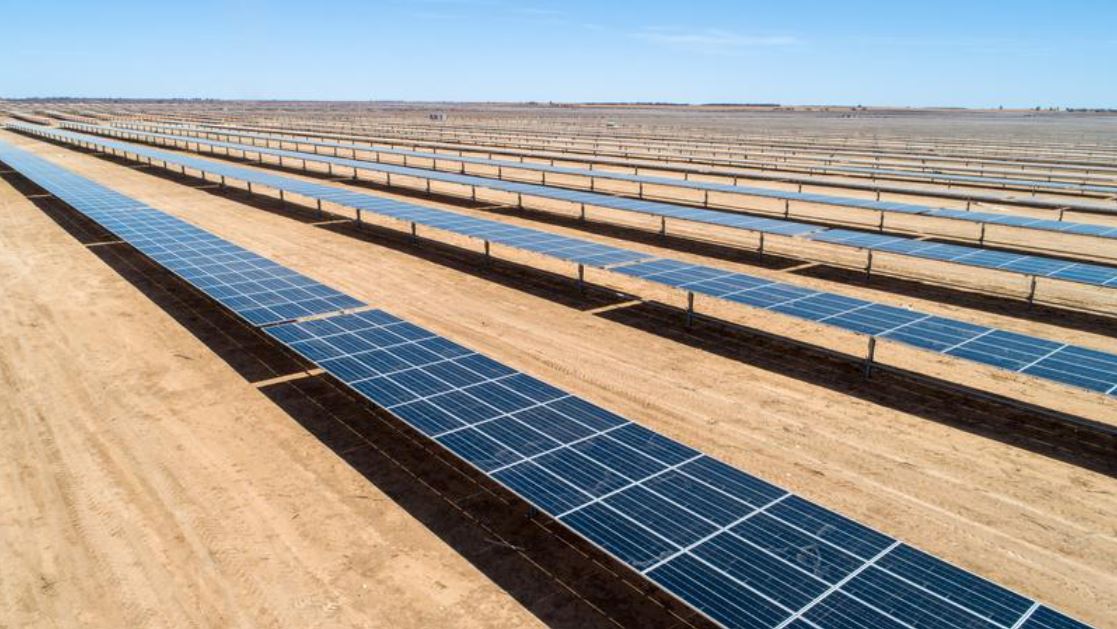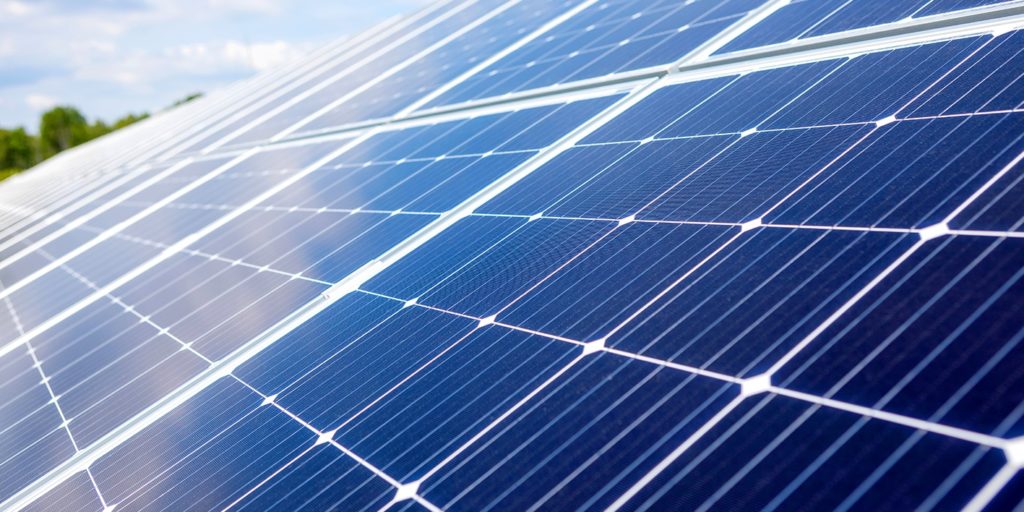https://www.pv-magazine.com/2022/03/04/the-mobility-revolution-an-electric-car-integrating-an-autonomous-cinematic-drone/
The mobility rEVolution: An electric car integrating an autonomous cinematic drone

The Polestar O2 car showcases advantages in sustainability and tech.
Image: Polestar
With electronics set to be the key element of value creation in the auto industry in the years to come, Polestar, a joint venture between Volvo and the automaker’s Chinese parent company Geely, has revealed a new concept car that integrates an autonomous cinematic drone. Steering away from the mass market, the Swedish premium automotive brand presented this week its second concept car, a sports roadster named Polestar O2. The hard-top convertible incorporates a drone that can be launched from its dock behind the rear seats whilst driving to capture footage of the journey. The drone operates autonomously, automatically following the car at speeds up to 90km/h. In addition, Polestar's new design takes the next steps toward greater circularity with recycled polyester thermoplastic mono-material and aluminum labeling, allowing them to be recycled more effectively and for their properties to be retained.
Japanese electronics manufacturer Panasonic has revealed plans for two new production facilities for its lithium-ion batteries for electric vehicles (EVs). The company officially announced on Monday that it will establish a manufacturing facility at its Wakayama Factory in western Japan to make new, high-capacity 4680 lithium-ion battery cells for EVs. Panasonic said it is currently in the process of developing the new battery cells across multiple locations within Japan and that mass production is set to start by the fiscal year ending in March 2024. Last month, Panasonic announced it will be giving US electric car manufacturer Tesla top priority for the new 4680 battery cells. Without revealing any performance data, Panasonic presented a prototype for its 4680 battery cell in October last year. Shortly before, Tesla unveiled its own 4680 battery cell produced at its Kato facility in California. Six times the power of the NCA battery cell currently used by the US carmaker, Panasonic's 4680 cylindrical cell – 46 millimeters wide and 80 millimeters tall – is designed not only to improve the range and performance of electric cars but also to be cheaper per kWh and significantly reduce the investment costs in their production. Tesla is currently building its 4680 cells at a facility in Fremont, in California, and deploying large-scale production at other factories, including Gigafactory Texas and Gigafactory Berlin. Its first model with 4680 cells – the Model Y – built at Giga Texas is about to be released for sale. But this is not where the Panasonic-Tesla news end. On Friday, Japanese public broadcaster NHK reported that Panasonic is looking to purchase land in the US to make a mega-factory in Oklahoma or Kansas close to Texas where Tesla is preparing a new EV plant. The news hasn't been confirmed by the Japanese corporation.
Sony Group and Honda Motor will team up to develop electric vehicles, as the Japanese tech firm continues to further its next-generation mobility ambitions. The two companies have signed a memorandum of understanding to set up a joint venture this year and market their first EV model in 2025. Honda will make the cars, while Sony will develop the mobility service platform. The electronics manufacturer first signaled its intention to drive into the electromobility market at CES 2020 when it displayed its Vision-S concept EV, showcasing its entertainment and software expertise. At CES 2022 held in January, Sony showed its SUV-type vehicle Vision-S 02 and announced plans to create a new company called Sony Mobility, saying it was exploring a commercial launch of EVs.
This week, Amsterdam-headquartered conglomerate Stellantis has unveiled its Dare Forward 2030 strategic plan, committing to reaching carbon net-zero emissions by 2038, with an interim goal of 50% reduction by 2030. As part of that agenda, the company, a 50-50 merger between the Italian-American conglomerate Fiat Chrysler Automobiles and the French PSA Group, has set a course for 100% of sales in Europe and 50% of sales in the United States to be battery electric vehicles by the end of this decade. Its plan is to have more than 75 BEVs and reach global annual BEV sales of five million vehicles by 2030. Towards this goal, Stellantis has taken the wraps off its first fully electric jeep, scheduled to launch in 2023, and presented a preview of its new Ram 1500 BEV pickup truck arriving in 2024. The company's ambitious plan also outlines its intention to double its net revenues to €300 billion by 2030.
In a bid to strengthen their sustainability credentials, both Kia and Hyundai have announced plans to source renewable energy to power their EV charging networks in Europe. The South Korean automakers have made separate investments and agreements with e-mobility service provider Digital Charging Solutions (DCS) to ensure that its customers charging needs are met by energy generated by wind farms from across Europe. With the help of the green charging option provided by DCS and through the purchase of Guarantee of Origin (GO) certificates, both companies will ensure that their European charging networks – my Hyundai and Kia Charge – run on renewable energy, with the equivalent amount of energy for every charging usage fed back into the grid as green electricity.
Popular content
Another major carmaker, US-based Ford, is looking to speed up its transition to EVs with one of the most sweeping reorganizations to date. The automaker announced on Wednesday that it is splitting its operations into two distinct businesses – electric vehicle and gas-powered divisions. Ford’s chief executive, Jim Farley, said in an interview with Bloomberg that the two businesses required different skills and mindsets that would clash and hinder each area if they remained parts of one organization. “You can’t be successful and beat Tesla that way,” he said. Ford expects to produce more than two million EVs annually by 2026, representing about one-third of its global volume, rising to half by 2030. According to Farley, Ford will spend $50 billion on EVs between 2022 and 2026, up from previously planned $30 in the five years ending in 2025. It plans to spend $5 billion on EVs in 2022, a two-fold increase over 2021.
Meanwhile, newcomers to the automotive sector are doing their bit to speed up the electrification of transport. California-based EV start-up Mullen Technologies has reported impressive results from its solid-state battery testing, including a range of 600-plus miles (965 km) on a full charge and over 300 miles (483km) of range delivered in 18 minutes with DC fast charging. The company tested its 300 Ah cell which yielded 343 Ah at 4.3 volts and “the results exceeded all expectations”. Mullen is working towards utilizing solid-state polymer battery packs in its second generation Mullen FIVE EV Crossovers, with in-vehicle prototype testing set for 2025. Mullen’s first-generation FIVE EV Crossover, due in late 2024, is planned to launch with traditional lithium-ion cell chemistry. In parallel, the company is also conducting research on lithium-sulfur and lithium-iron-phosphate batteries.
This content is protected by copyright and may not be reused. If you want to cooperate with us and would like to reuse some of our content, please contact: editors@pv-magazine.com.




